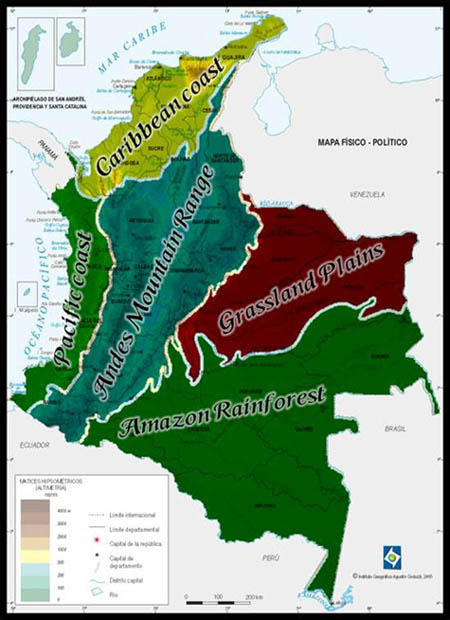La Ceiba, or the Tree of Life for Mayan culture, represents the belief that all aspects of life are interrelated. Body and mind are the synthesis of human existence and one does not coexist without the other.
For the Mayans, trees were intermediaries between the physical and spiritual worlds, and absolutely essential to life. They believed that without the tree man could not survive and that "with the death of the last tree comes the death of the human race."
The tree of life is a common symbol in many cultures. To the Maya, the sacred Ceiba tree connects the three layers of the world. The roots reach into the underworld of death, the trunk is in the middleworld of life, and the branches reach up into the upperworld of paradise.
The trees, which grow extremely tall, connect the earth to the sky. It is said that the Ixtabai, the malevolent forest spirit, often frequents them at night. Besides the spiny trunk, the tree also has characteristic seeds imbedded with a soft material known as "kapoc".
The Ceiba is a rapidly growing deciduous tree that reaches heights of 80 feet or more, and a diameter of five to eight feet above its buttresses.
For the Mayans, trees were intermediaries between the physical and spiritual worlds, and absolutely essential to life. They believed that without the tree man could not survive and that "with the death of the last tree comes the death of the human race."
The tree of life is a common symbol in many cultures. To the Maya, the sacred Ceiba tree connects the three layers of the world. The roots reach into the underworld of death, the trunk is in the middleworld of life, and the branches reach up into the upperworld of paradise.
The trees, which grow extremely tall, connect the earth to the sky. It is said that the Ixtabai, the malevolent forest spirit, often frequents them at night. Besides the spiny trunk, the tree also has characteristic seeds imbedded with a soft material known as "kapoc".
The Ceiba is a rapidly growing deciduous tree that reaches heights of 80 feet or more, and a diameter of five to eight feet above its buttresses.
Colombia
La Ceiba
1989
1989
Tracks:
01. La Cuidad - Santiago Salgado (merengue)
02. El Manduco - Totó La Momposina (chalupa)
03. Grito de Vaquera - Maria De Los Santos
04. La Muerte - Los Gaiteros De San Jacinto (gaita corrida)
05. Pajarillo - Llano y Leyenda (toropo)
06. El Sapito - Pablo Carvajal (puya)
07. Tres Clarinetes - Concours de Fanfares de San Pelayo (fandango)
08. La Verdolaga - Totó La Momposina/Estefania Caicedo (bullerengue)
09. Cuando Llora el Indio - Los Gaiteros De San Jacinto (gaita corrida)
10. Criollito de Pura Cepa - Llano y Leyenda (seis por derecho)
11. La Ceiba - Cantadores De Arbolete (bullerengue)
12. Arbolete - Santiago Salgado (paseo)
13. Grito de Monte - Maria De Los Santos
14. El Estanquillo - Siete Notas (paseo)
15. A Pilar Arroz - Totó La Momposina/Estefania Caicedo (bullerengue)
16. Se Va Mama - Pito De Las Sabanas (bullerengue)
17. Mi Capi - Tres De Copa (bambuco)
18. Celestina - Los Gaiteros De San Jacinto (porro)
Performers include: Toto La Momposina.
Featured are new versions of several of Toto la Momposina's performances, along with several other groups playing gaitas, porros, bullerengues, and even a fandango. ~ David L. Mayers
Featured are new versions of several of Toto la Momposina's performances, along with several other groups playing gaitas, porros, bullerengues, and even a fandango. ~ David L. Mayers
I say: shut up, dl and listen...
Colombian music and culture are truly representative of the area's geographic regions. As with many of the countries in the continent of South America, combinations of European, African and indigenous traditions emerged over the centuries, producing a wide variety of music (and dance) styles.
read it all here
more to read & see
♫









.gif)

















































+Front.jpg)


















3 comments:
just listening :)
:)
yes this is a great sampler...
sounds like "one" and not like added pieces...
two or three more to come from that label... :)
...just wish there would be more like
Fanfares de San Pelayo...
did I say ... just wish there would be more...
check Labels: Chirimía :)
sometimes it does not take that long for a wish to come true :)
Post a Comment